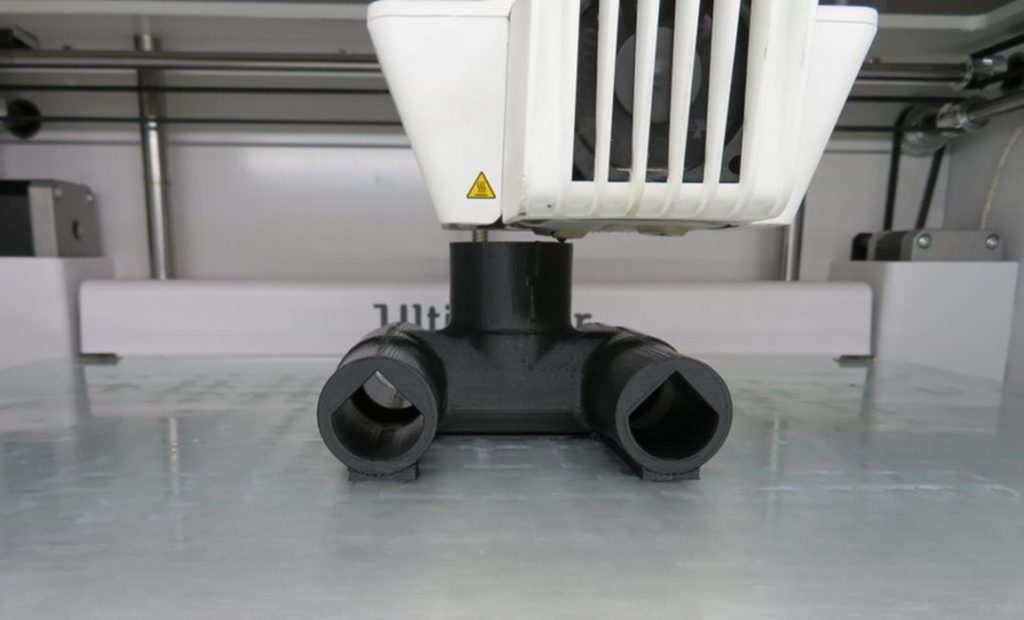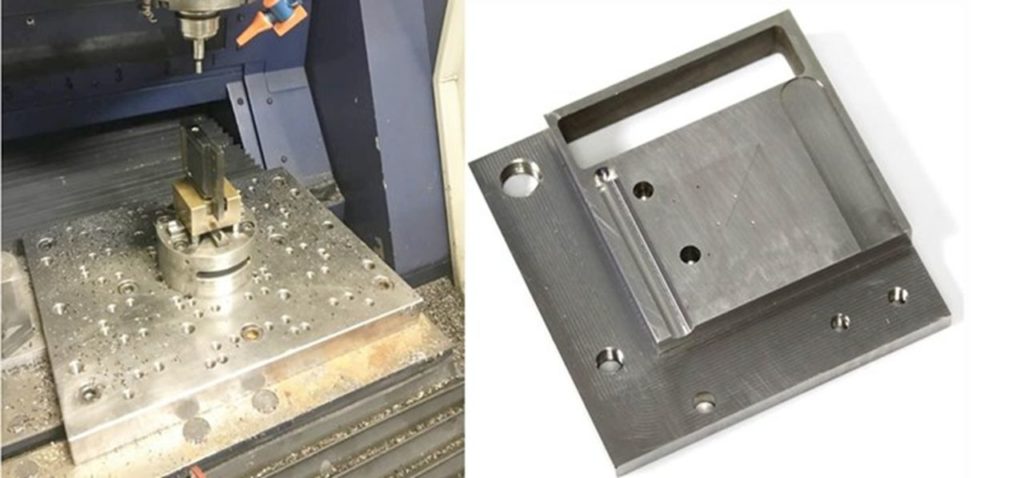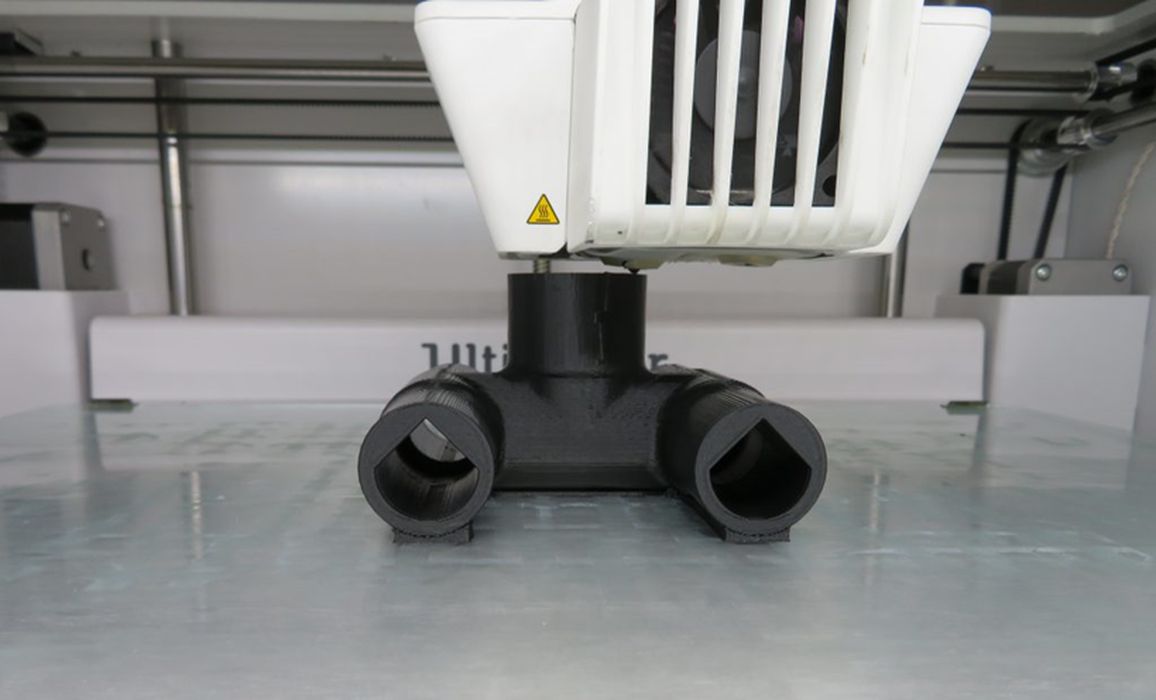
Charles R. Goulding and Randall Rothbort look at how a manufacturer entered the world of metal 3D printing.
3D printing has rapidly become a ubiquitous aspect of the molding and tooling industry. Allowing manufacturers to prototype and physically test their parts before production has vastly improved the capabilities of many molding and tooling companies. A notable example is Westminster Tool, a leading Connecticut manufacturer of a variety of injection mold systems with a penchant for workplace and production innovation.
Westminster Tool has built on this technology and recently begun experimenting with metal additive manufacturing as an expansion to its current 3D printing process. Metal 3D printing has a variety of use cases that polymer-based printing cannot achieve, particularly in the molding and tooling industry. Westminster’s studies into the benefits of innovative 3D printing methods should help propel both the company and the industry forward.
Metal 3D Printing for Molding and Tooling
We recently discussed Westminster Tool in our article “Six Connecticut Manufacturers Receive Grants for 3D Printing Operations”, as they received a matching grant from Connecticut of US$100,000 for use for the advancement of additive manufacturing in their industry. Westminster has long been a proponent of 3D printing, as they have incorporated it into their mold prototyping process extensively.
However, polymer-based 3D printing has limitations when it comes to mold development that would require the use of metal to remedy. With that comes new questions and concerns; mold designers and manufacturers often must recut and resurface parts during their production process, which means parts must meet significantly tight tolerances.
Westminster was intrigued by the possibilities offered by metal 3D printing, however wanted to quell these concerns. This led to a study that began at the end of 2019 and continued through 2020 in which Westminster collaborated with Mantle, a notable metal additive startup, to evaluate the effectiveness of metal 3D printed parts in their production process.
Using Mantle’s hybrid 3D printing technology (which uses flowable paste-based metal for its extrusions and CNC milling), Westminster Tool designed a variety of experiments to determine the effectiveness of 3D printed metal, specifically Mantle’s P2X and H13 products. For each, the team printed and sintered blocks of both materials, which were then run through their mold-making process. This includes hard and soft milling, grinding, polishing, threading, and EDM cutting. This was accompanied by a strenuous evaluation process in which the team considered the efficiencies, finishes, and even the chips produced during milling. For the H13 material, Westminster also performed various hardness tests to evaluate for porosity or grain issues. Westminster looked to evaluate how the materials would behave in every respect related to their mold-making process.

Both Mantle’s P2X and H13 materials were found to behave like conventional tool steels, with the H13 being somewhat softer in some respects. They were also found to achieve improved tolerances with less secondary finishing at a significantly lower cost, which would be a great benefit to the business. Due to Mantle’s focus on producing usable materials and steels, the products were particularly applicable for use in Westminster’s production process.
The Research & Development Tax Credit
The now permanent Research and Development (R&D) Tax Credit is available for companies and startups developing new or improved products, processes and/or software.
3D printing can help boost a company’s R&D Tax Credits. Wages for technical employees creating, testing, and revising 3D printed prototypes can be included as a percentage of eligible time spent for the R&D Tax Credit. Similarly, when used as a method of improving a process, time spent integrating 3D printing hardware and software counts as an eligible activity. Lastly, when used for modeling and preproduction, the costs of filaments consumed during the development process may also be recovered.
Whether it is used for creating and testing prototypes or for final production, 3D printing is a great indicator that R&D Credit eligible activities are taking place. Companies implementing this technology at any point should consider taking advantage of R&D Tax Credits.
Conclusion
Westminster Tool is a precursor to the likely continued expansion of 3D printing within the tooling and molding industry. Metal 3D printing offers the potential for great improvements in stability and machinability (as shown by Westminster’s study) and likely improvements in design complexity and other physical properties. Look to Westminster to continue their leadership in adopting 3D printing, as well as in the molding/tooling industry as a whole.

